
Shwe Yan Pyay: A Serene Buddhist Sanctuary
Explore the serene beauty and rich cultural heritage of Shwe Yan Pyay, an enchanting Buddhist temple in Nyaungshwe, Myanmar.
Nestled in the tranquil town of Nyaungshwe, Shwe Yan Pyay stands as a stunning Buddhist temple that captivates visitors with its intricate architecture and serene ambiance. This temple is not only a place for worship but also a cultural gem that reflects the rich heritage of Myanmar. Tourists are drawn to its striking oval-shaped structure, adorned with beautiful wooden carvings and golden stupas, offering a peaceful retreat from the hustle and bustle of daily life. With its picturesque surroundings and spiritual atmosphere, Shwe Yan Pyay is a must-visit destination for anyone exploring the region.
A brief summary to Shwe Yan Pyay
- MWMJ+QJ7, Nyaungshwe, MM
Local tips
- Visit early in the morning or late afternoon for the best light and fewer crowds.
- Dress modestly to respect the sacred nature of the temple.
- Take your time to explore the intricate carvings and architecture.
- Observe the local monks during their rituals for a unique cultural experience.
- Don't forget to bring water and snacks, as there are limited facilities nearby.
Getting There
-
Car
If you are traveling by car, start from the town of Nyaungshwe, which is approximately 10 kilometers away from Shwe Yan Pyay. From Nyaungshwe, take the road heading east towards the village of Shwe Yan Pyay. The journey should take around 20 minutes. Keep an eye out for local signage indicating the temple, as there may be multiple routes to reach it. Once you arrive, look for parking spaces nearby.
-
Public Transportation (Pick-up Truck)
To reach Shwe Yan Pyay using public transportation, you can take a shared pick-up truck (also known as a 'taxi') from Nyaungshwe. Head to the central market area where you can find pick-up trucks heading towards the villages around Inle Lake. Inform the driver that you want to go to Shwe Yan Pyay. The fare is usually around 1,000-2,000 MMK per person, and the ride will take approximately 30 minutes depending on traffic. Make sure to confirm with the driver that they will drop you off at the temple.
-
Motorbike Rental
Another option is to rent a motorbike from Nyaungshwe. Many rental shops are available in the town, and the cost is typically around 5,000-7,000 MMK per day. After renting, head east on the main road towards Shwe Yan Pyay. The ride will take about 20 minutes. Be cautious of local traffic and road conditions. Parking is available near the temple.
-
Bicycle Rental
For a more leisurely approach, consider renting a bicycle in Nyaungshwe. The rental fee is usually around 1,500-3,000 MMK per day. Once you have your bicycle, take the main road east towards Shwe Yan Pyay, which is approximately 10 kilometers away. The ride will take about 40-50 minutes. This is a great way to enjoy the scenery along the way. Look for signs indicating the direction of the temple.
Discover more about Shwe Yan Pyay
Iconic landmarks you can’t miss
Thanakha Garden
2.3 km
Experience authentic Burmese cuisine in a tranquil garden setting at Thanakha Garden, Nyaungshwe's culinary oasis.
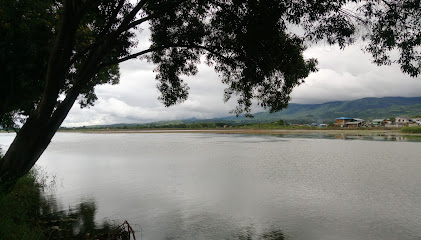
Linn Htet Myanmar Traditional Food / Myo Myo Cooking Class
2.6 km
Discover the authentic flavors of Myanmar at Linn Htet Myanmar Traditional Food & Myo Myo Cooking Class, where culinary traditions come alive.
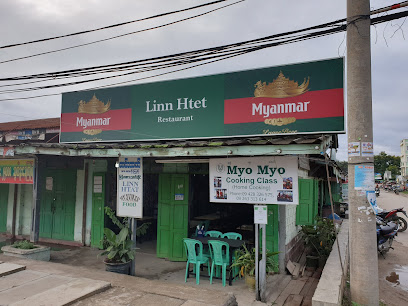
ViewPoint Lodge & Fine Cuisines
2.7 km
Experience tranquility and fine dining at ViewPoint Lodge, a serene retreat in Nyaungshwe, Myanmar, near the stunning Inle Lake.

Inle Boat Share
2.7 km
Discover the enchanting waters of Inle Lake with Inle Boat Share, your go-to boat rental service for a unique Myanmar adventure.

Paw Paw Café & Restaurant
2.8 km
Experience authentic Burmese cuisine and international flavors at Paw Paw Café & Restaurant in Nyaungshwe, a must-visit for every traveler.
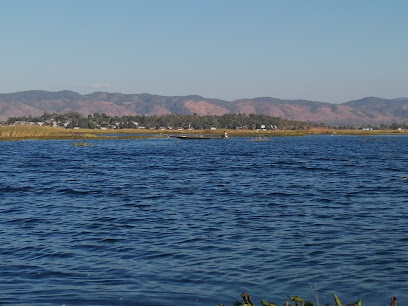
Mr.linn share boat trip-inle
2.8 km
Explore the beauty of Inle Lake with Mr. Linn Share Boat Trip – a captivating journey through floating gardens and local culture.
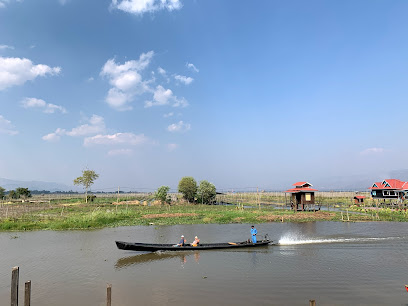
Nawng Kham The Little Inn
3.0 km
Discover the charm of Nawng Kham The Little Inn in Nyaungshwe, your perfect base for exploring the beauty of Inle Lake and its surroundings.
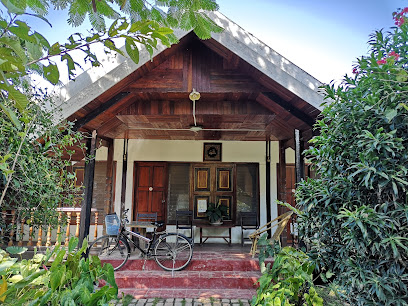
Lavender Spa Inle Lake
3.0 km
Experience blissful relaxation at Lavender Spa, where rejuvenation meets the serene beauty of Inle Lake in Myanmar.
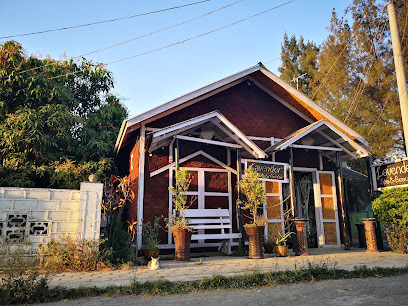
Inle Cherry Queen Hotel
3.1 km
Experience the tranquility of Inle Lake at Inle Cherry Queen Hotel, your serene retreat in the heart of Myanmar's Shan State.

Inle Cottage Boutique Hotel
3.2 km
Discover the serene charm of Inle Cottage Boutique Hotel in Nyaungshwe, your perfect base for exploring the enchanting beauty of Inle Lake.
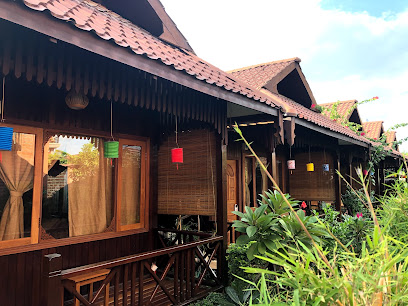
Thanakha Inle Hotel
3.2 km
Discover the charm of Nyaungshwe at Thanakha Inle Hotel, your serene escape to the beauty of Inle Lake and warm local hospitality.

Pwe Taw Win Nature's Restaurant
3.3 km
Discover the flavors of Myanmar at Pwe Taw Win Nature's Restaurant, where stunning lake views meet authentic local cuisine in a serene setting.
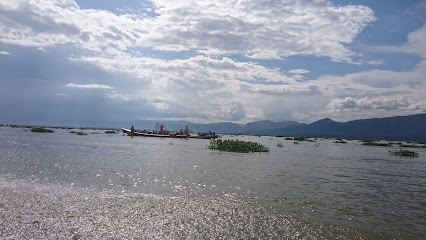
Ywa Thit Monastery(ရွာသစ်ကျောင်း)
3.4 km
Discover the serene beauty and cultural depth of Ywa Thit Monastery in Nyaungshwe, a must-visit destination for spiritual seekers and cultural enthusiasts alike.
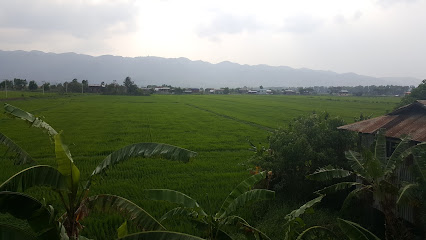
A Little Eco Lodge
4.0 km
Discover eco-friendly comfort at A Little Eco Lodge in Nyaungshwe, where nature meets hospitality for an unforgettable travel experience.

Inle Princess Resort
8.6 km
Experience serene luxury and breathtaking views at Inle Princess Resort, your ultimate retreat in the heart of Myanmar's stunning landscapes.
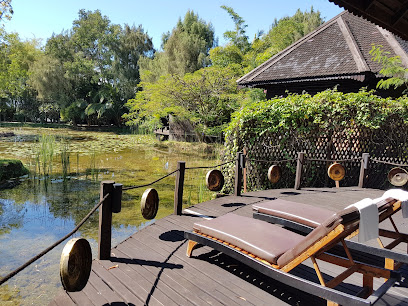
Unmissable attractions to see
Shwe Yaunghwe Kyaung
0.0 km
Experience the serene beauty and rich cultural heritage of Shwe Yaunghwe Kyaung, a tranquil monastery in Nyaungshwe, Myanmar.
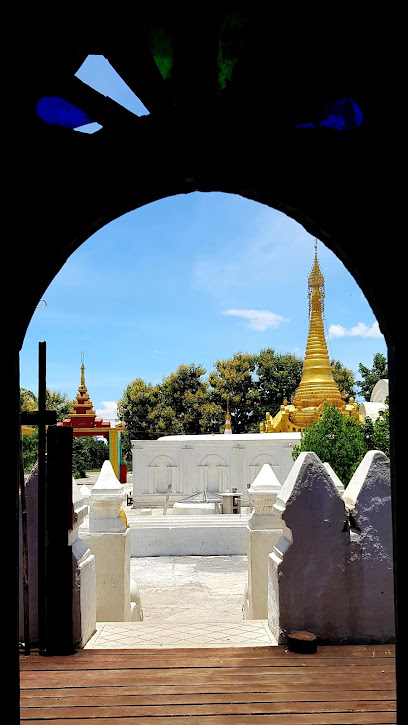
Nyaung Shwe Cultural Museum
2.4 km
Explore the vibrant cultural heritage of the Shan people at Nyaung Shwe Cultural Museum, a captivating journey through history and tradition.
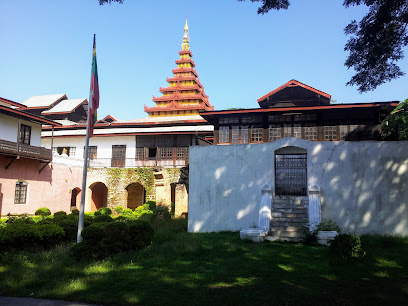
Kyaung Daw Pagoda
2.8 km
Discover the serene beauty and spiritual heritage of Kyaung Daw Pagoda in Nyaungshwe, a must-visit Buddhist temple for every traveler.
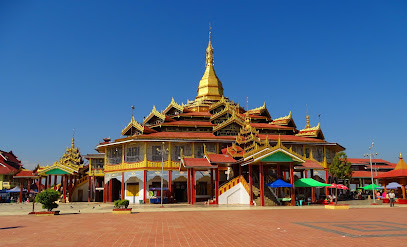
Nyaung Shwe Night Market
2.9 km
Experience the enchanting Nyaung Shwe Night Market, a cultural haven filled with local delicacies, vibrant crafts, and a lively atmosphere.
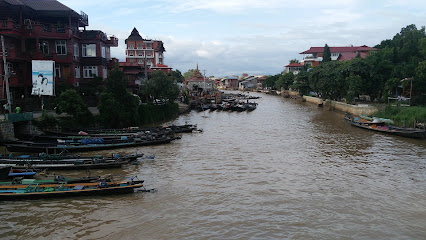
Inle Horse Club
5.3 km
Discover the beauty of Inle Lake on horseback at Inle Horse Club, a premier riding destination for tourists in Myanmar's breathtaking landscapes.
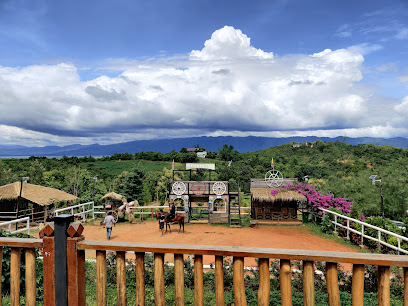
Red Mountain Estate Vineyards & Winery
5.7 km
Experience the beauty of Myanmar's vineyards at Red Mountain Estate, where exquisite wines meet breathtaking landscapes in Nyaungshwe.
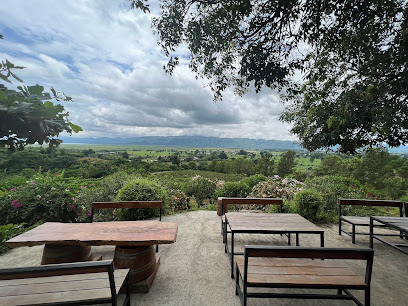
Khaung Daing Natural Hot Spring
8.2 km
Experience the healing waters of Khaung Daing Natural Hot Spring in Nyaungshwe, where relaxation meets the beauty of Myanmar's landscapes.
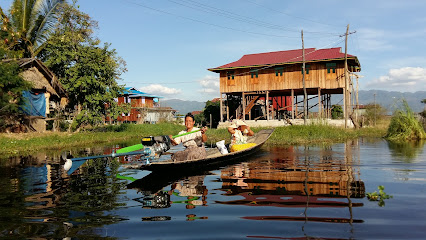
Natural Hot Spring (သဘာဝရေပူစမ်း)
8.5 km
Experience the rejuvenating power of the Natural Hot Spring in Nyaungshwe, where relaxation meets breathtaking natural beauty.
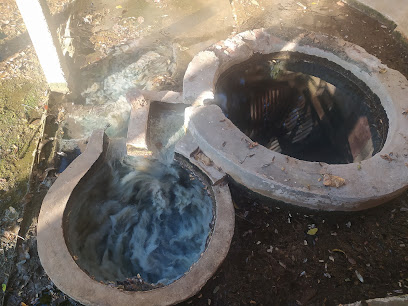
Inle Maing Thouk Futsal Court
11.0 km
Discover the excitement of futsal at Inle Maing Thouk Court, a lively sports hub in Nyaung Shwe, Myanmar, perfect for players and enthusiasts alike.

Inle Lake
11.1 km
Discover the serene beauty of Inle Lake in Myanmar, home to floating gardens, unique fishing techniques, and rich cultural heritage.

Mine Thauk Bridge - မိုင်းသောက် တံတား
11.5 km
Discover the serene beauty of Mine Thauk Bridge, a stunning architectural gem in Myanmar that offers breathtaking views and cultural experiences.
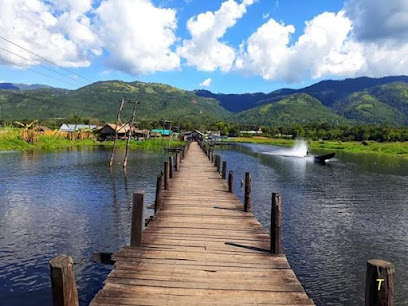
Selfie Garden
13.2 km
Experience the vibrant beauty of Selfie Garden in Taunggyi, where nature meets creativity for the perfect photo opportunity.
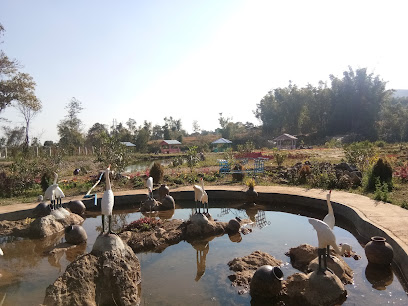
Aythaya Vineyard
14.6 km
Discover the breathtaking Aythaya Vineyard in Taunggyi, where exquisite wines meet stunning landscapes for an unforgettable experience.
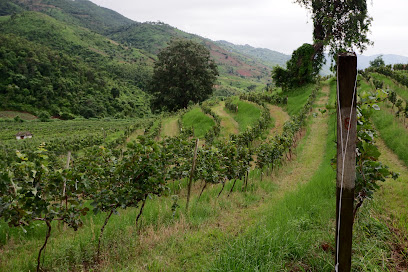
Cultural Museum
14.8 km
Explore the Cultural Museum in Kholam for a deep dive into the region's rich history, art, and local traditions in an unforgettable setting.
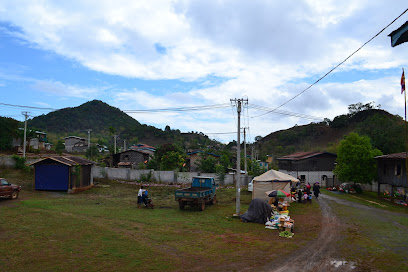
Sulamani Pagoda Taunggyi, Taunggyi
14.9 km
Explore the majestic Sulamani Pagoda in Taunggyi, a serene Buddhist temple that showcases exquisite architecture and profound spirituality.
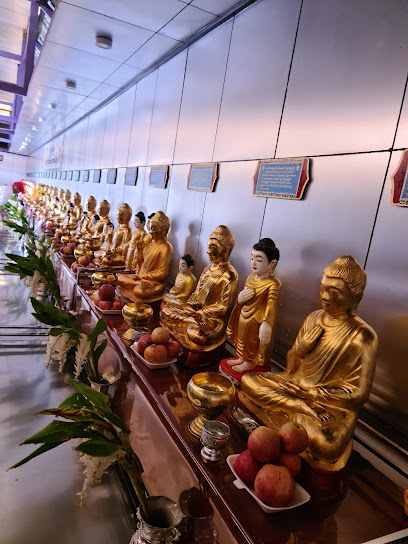
Essential places to dine
Ko Lone ( Fish Rice)
2.2 km
Discover the authentic taste of Myanmar at Ko Lone (Fish Rice) in Nyaungshwe, where fresh fish dishes delight every palate.

Ma Mee Mee Restaurant
2.4 km
Discover traditional Burmese flavors at Ma Mee Mee Restaurant in Nyaungshwe - where every meal tells a story.

Sin Yaw Restaurant
2.6 km
Experience authentic Shan cuisine at Sin Yaw Restaurant in Nyaungshwe—where flavor meets tradition in every dish.
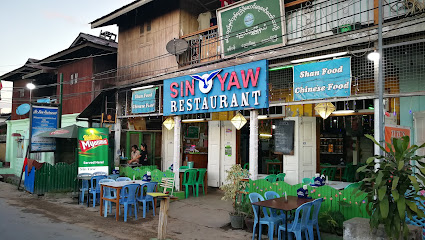
Pan Na Thar
2.6 km
Experience authentic Burmese flavors at Pan Na Thar in Nyaungshwe – where every dish tells a story.
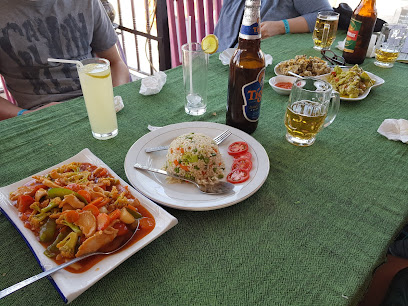
အမြဲစိမ်း စားသောက်ဆိုင်
2.6 km
Discover authentic Burmese cuisine at အမြဲစိမ်း စားသောက်ဆိုင် in Nyaungshwe – where every dish is crafted with love and tradition.
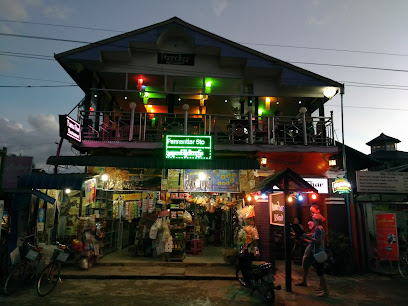
Inle Food House
2.6 km
Discover authentic Burmese cuisine at Inle Food House in Nyaungshwe – where every meal tells a story.
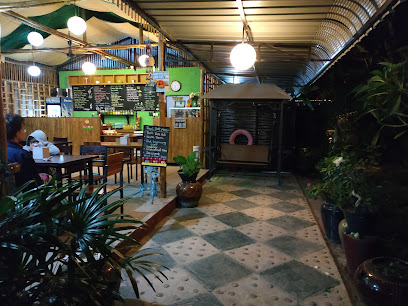
Hundred Smiling Restaurant
2.6 km
Savor authentic Burmese cuisine in a warm and welcoming atmosphere at Hundred Smiling Restaurant in Nyaungshwe.
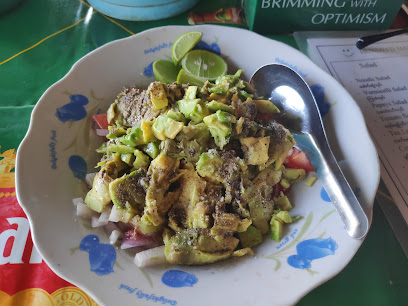
U Hla Paw
2.7 km
Experience authentic Myanmar cuisine at U Hla Paw in Nyaungshwe - where flavor meets tradition in every dish.
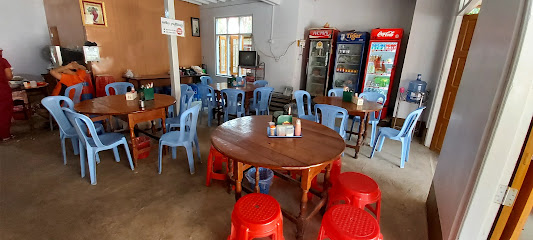
Inle Palace Restaurant Cocktail Bar & Cafe
2.7 km
Discover authentic Burmese cuisine blended with international flavors at Inle Palace Restaurant Cocktail Bar & Cafe near beautiful Inle Lake.
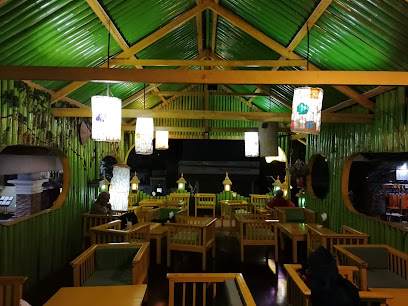
Shan Yoema Restaurant
2.8 km
Experience authentic Shan cuisine at Shan Yoema Restaurant in Nyaungshwe – where flavor meets tradition in every dish.

pan ei ei soe
2.8 km
Experience the essence of Burmese cuisine at Pan Ei Ei Soe in Nyaungshwe - a culinary gem for every traveler.

red mountain
2.8 km
Experience the flavors of Myanmar at Red Mountain Restaurant in Nyaungshwe - where stunning views meet authentic cuisine.

The Shan Noodle & Food House
2.8 km
Discover the heart of Myanmar’s cuisine at The Shan Noodle & Food House in Nyaungshwe - where tradition meets flavor!
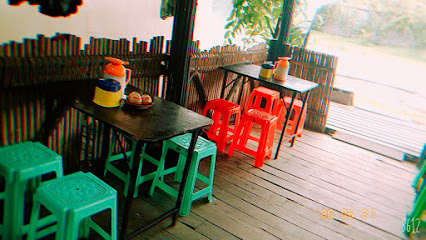
Red Star
3.0 km
Experience authentic Burmese cuisine at Red Star in Nyaungshwe - where flavor meets affordability in a cozy atmosphere.
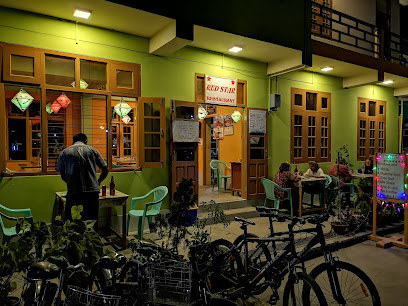
The Ancestor Restaurant
3.0 km
Experience authentic Burmese flavors at The Ancestor Restaurant in Nyaungshwe – a must-visit culinary destination for travelers.
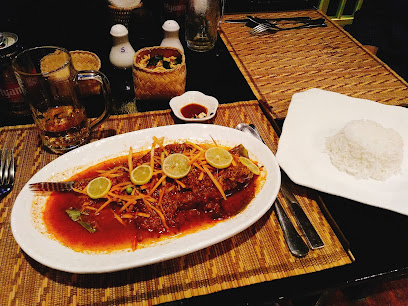
Markets, malls and hidden boutiques
Ei Ei Silver Shop
2.5 km
Explore the exquisite craftsmanship of artisanal silver jewelry at Ei Ei Silver Shop, a gem in the heart of Nyaungshwe's vibrant market.
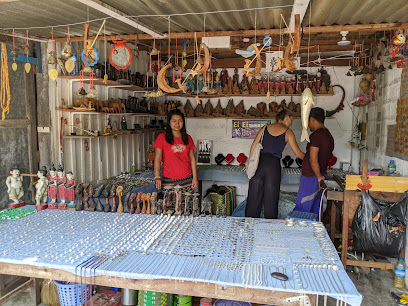
TIP TOP STORE
2.5 km
Explore Tip Top Store in Nyaungshwe for unique home goods and local crafts that showcase Myanmar's rich culture and artistry.
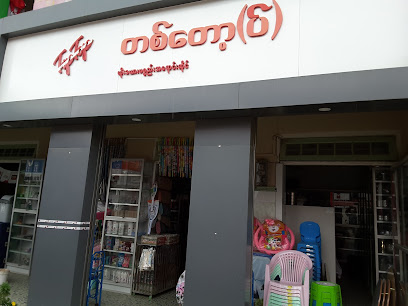
Sofia’s Silver Shoppe
2.5 km
Explore the exquisite craftsmanship at Sofia’s Silver Shoppe in Nyaungshwe, a treasure trove of handcrafted silver jewelry reflecting local artistry.

SanKaYu Tea Shop
2.5 km
Discover the essence of Myanmar's tea culture at SanKaYu Tea Shop in Nyaungshwe, where every sip tells a story.

Phoe La Min Home Mart
2.5 km
Explore unique home goods and local craftsmanship at Phoe La Min Home Mart in Nyaungshwe, a true reflection of Myanmar's vibrant culture.

Super
2.6 km
Explore vibrant fashion and authentic local craftsmanship at Super Clothing Store in Nyaungshwe, a must-visit for every tourist.

ရေဝတီအလှကုန်နှင့်စာရေးကိရိယာဆိုင်
2.6 km
Explore the vibrant general store in Nyaungshwe, where local culture meets unique shopping experiences for every traveler.

Man Kyaw Fashion
2.6 km
Explore the vibrant fashion scene at Man Kyaw Fashion in Nyaungshwe, where traditional meets modern style in a unique shopping experience.

ကိုဇော်စတိုး၊ရုံးကြီးလမ်း၊ညောင်ရွှေမြို့။
2.6 km
Discover local crafts and delicious snacks at Ko Zaw Store in Nyaungshwe - a must-visit for every traveler seeking authentic Myanmar experiences.

Ma Kyi Kyi Win Traditional Clothing Shop
2.6 km
Explore the essence of Burmese culture at Ma Kyi Kyi Win, a traditional clothing shop in Nyaungshwe featuring exquisite handmade garments.
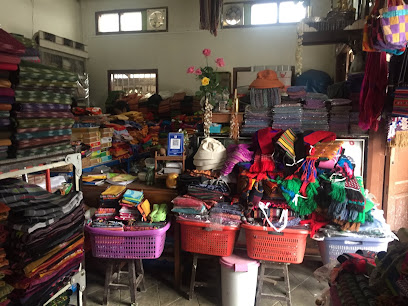
Trinity Family Shop
2.6 km
Explore Trinity Family Shop in Nyaungshwe for unique local handicrafts and authentic souvenirs that embody the spirit of Myanmar.
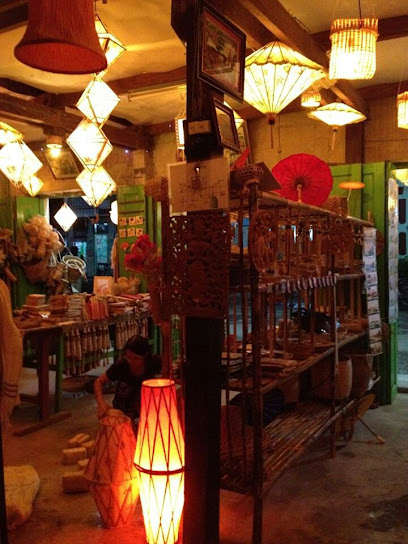
Midnight Vintage & Thrift Shop
2.6 km
Explore the charm of sustainable fashion at Midnight Vintage & Thrift Shop in Nyaungshwe, where every piece has a story.

Phyo Zayar Betel Shop(ဖြိုးဇေယျာ ကွမ်းယာဆိုင်)
2.6 km
Discover the authentic flavors of Myanmar at Phyo Zayar Betel Shop, a cultural gem in Nyaungshwe offering traditional betel and local charm.
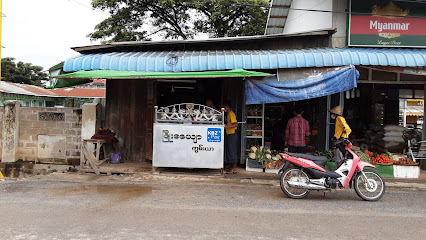
June Spirulina (Nyaung Shwe)
2.8 km
Discover the health benefits of spirulina and local herbs at June Spirulina, a unique herb shop in Nyaung Shwe, Myanmar.
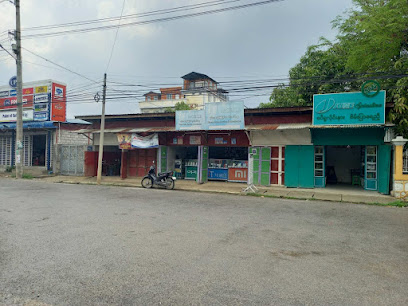
A
2.8 km
Explore the vibrant cosmetics store in Nyaungshwe, where local beauty meets global trends, perfect for souvenirs and self-care.

Essential bars & hidden hideouts
Bag's Bar
1.0 km
Discover the vibrant nightlife at Bag's Bar, a must-visit destination in Innkhaung for travelers seeking local drinks and a lively atmosphere.

Eden Bar & Snacks
2.7 km
Discover the flavorful world of Eden Bar & Snacks in Nyaungshwe, where delicious meals and refreshing drinks await every traveler.
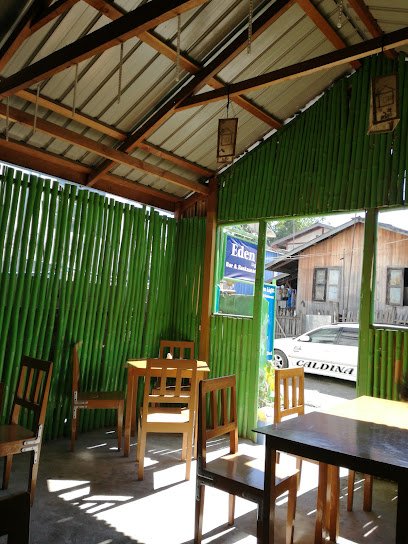
Wave Family KTV
2.9 km
Experience the joy of karaoke at Wave Family KTV in Nyaungshwe, where fun meets affordable entertainment for music lovers.

BELU BAR
3.0 km
Experience the charming ambiance of Belu Bar in Nyaungshwe, where local flavors meet an inviting atmosphere for relaxation.

Minthamee Bar & Bistro
3.2 km
Discover the culinary delights of Minthamee Bar & Bistro in Nyaungshwe, where local flavors meet international cuisine in a cozy atmosphere.

Diamond Light Beam Bar and Restaurant
10.2 km
Discover the vibrant atmosphere and diverse menu at Diamond Light Beam Bar and Restaurant in Shwenyaung, a must-visit for culinary enthusiasts.
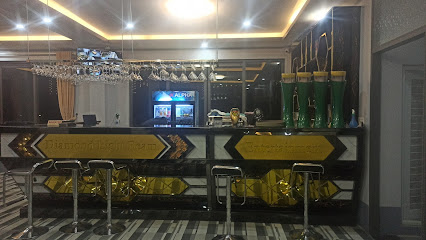
MILLION
13.4 km
Experience the vibrant nightlife of Taunggyi at MILLION, a lively bar offering a unique blend of local flavors and welcoming atmosphere.

Crazy Night Music Bar and Restaurant
13.7 km
Discover the lively spirit of Taunggyi at Crazy Night Music Bar and Restaurant, where great food meets vibrant live music for an unforgettable night out.

Myo Nyein Chan 2 Beer & Grill
15.4 km
Experience the rich flavors of Myanmar at Myo Nyein Chan 2 Beer & Grill, where grilling meets local hospitality in Taunggyi.
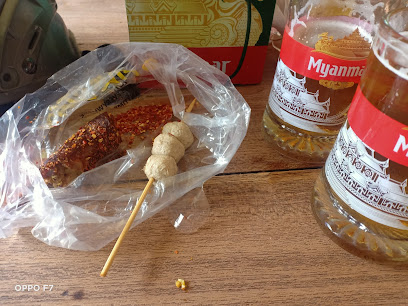
TGI-Bar
15.7 km
Discover the vibrant flavors of Taunggyi at TGI-Bar, where delicious grilled dishes meet a lively atmosphere for an unforgettable dining experience.
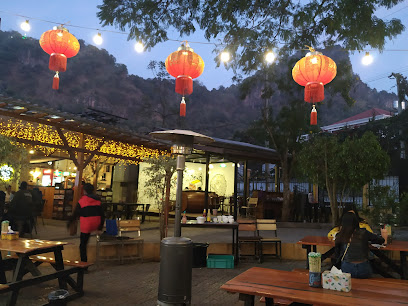
Bar Minn Land
16.2 km
Experience the vibrant nightlife of Taunggyi at Bar Minn Land, where local culture meets refreshing drinks in a lively atmosphere.

VX Bar & Restaurant
16.4 km
Discover the lively VX Bar & Restaurant in Taunggyi, where local flavors meet vibrant nightlife and unforgettable dining experiences.

စက်ပြင်ဆိုင်
17.3 km
Discover the vibrant nightlife and local flavors at စက်ပြင်ဆိုင်, a must-visit bar in the heart of တံတားဦး.

Aye Chan Yake Food & Drink
21.8 km
Experience the authentic flavors of Myanmar at Aye Chan Yake Food & Drink, a cozy bar in Inle Lake offering traditional dishes and refreshing drinks.
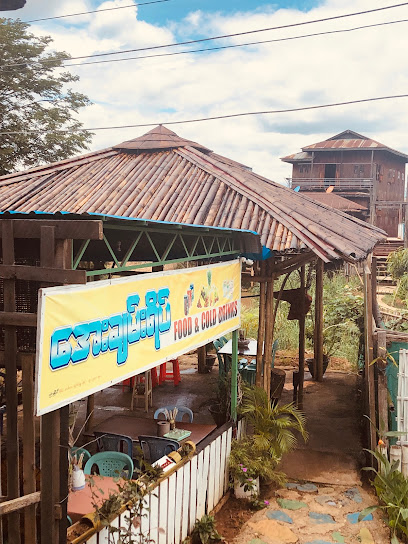
Nampan city
26.1 km
Discover the vibrant culture and serene beauty of Nampan City, a hidden gem in Myanmar offering unforgettable local experiences.




